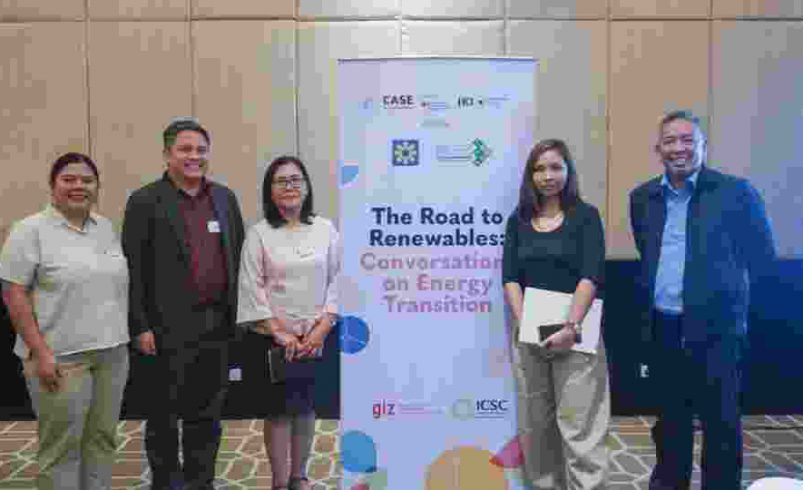Northern Samar wind push faces grid bottleneck
- August 5, 2025
- 0

Northern Samar is emerging as a promising site for wind energy development, but local officials and energy transition advocates stress that grid infrastructure remains a critical barrier to unlocking its full potential.
Five wind energy service contracts have been awarded in the province as of April 2025, with four in the pre-development stage. Additional developers are expressing interest due to the region’s strong wind resources, reports the Institute for Climate and Sustainable Cities.
To support incoming investments, the provincial government is working to simplify permitting processes and improve coordination with municipalities, according to Jay Keenson Acebuche, Provincial Planning and Development Office Head, during a media “kapihan” session hosted by the Clean, Affordable, and Secure Energy (CASE) for Southeast Asia Project..
However, Acebuche cautioned that transmission infrastructure must keep pace with development. “The critical part here is the grid and transmission. No matter how favorable the business climate is for renewable energy, no matter how ready the civil society organizations are, and no matter how much money the investors have—it will all boil down to transmission,” he said.
Ann Margret Francisco, Philippines Country Manager for the Global Wind Energy Council, echoed the concern and pointed to the country’s 178-gigawatt offshore wind potential as identified in the World Bank’s Offshore Wind Roadmap. She noted that Pacific-facing provinces like Northern Samar and Bicol are ideal for early offshore wind development. “As you put more RE in the system, you have to ensure that your transmission is able to take in much capacity,” she said.
This is aligned with the Department of Energy’s recent Green Energy Auction Program (GEAP) Round 5, which includes a 3.3 GW installation target for offshore wind, in addition to the 2.39 GW of onshore wind offered in GEAP Round 4.
Francis Dela Cruz, Partnerships and Advocacy Advisor at the Institute for Climate and Sustainable Cities (ICSC), emphasized the need for collaboration across sectors. “Media has a crucial role \[to play] in the energy transition so that we can thrive and not just survive. Conversations on energy can be very complex, but we can find ways to make information more accessible and easy to understand,” he said.
On the ground, Dr. Ronelie Salvador, Executive Director and Founder of the Center for Sustainable Aquaculture and Agri-based Innovations (CenSAAI), reiterated support for grassroots engagement. “We affirm our commitment to assist in organizing and creating awareness on renewable energy,” she said, particularly among civil society and fisherfolk groups.
The session was part of CASE Philippines’ “The Road to Renewables” roadshow, a four-day initiative aimed at fostering dialogue on energy transition issues. Northern Samar was the first stop, with discussions focused on social acceptability and local perspectives on offshore wind.
What are your thoughts on transmission planning for offshore wind? Should grid upgrades move in parallel with RE permitting? Let’s discuss.
Follow Power Philippines on Facebook and LinkedIn or join our Viber community for more updates.
Photo credit: ICSC